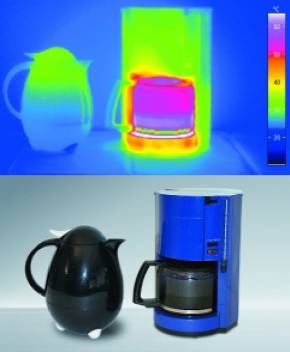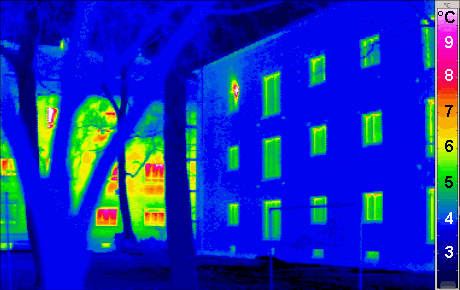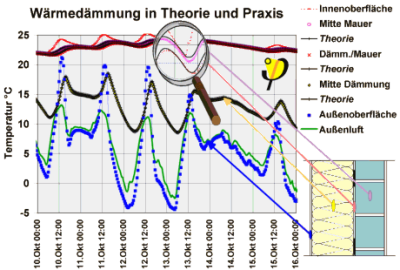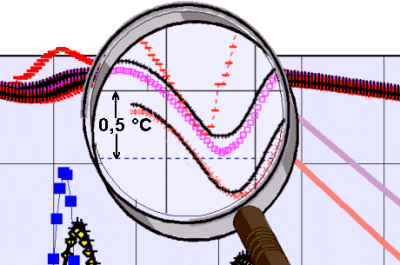- What happens, when the heating system of an old building breaks down in winter? The author himself experienced that: the temperatures can sink to below zero – the water in the flower vase froze.
- And what happens when the heating in a Passive House breaks down? Even at minus temperatures, such an insulated house cools down very gradually. Two to four days later it is still pleasantly warm. And even after two weeks the temperature doesn't fall below 14°C. The few interior heat sources have a moderating effect on the temperature in the house.
Simply stated: although it is not “absolutely” certain that the heat equation correctly describes the thermal processes in a building component, it is as certain as the knowledge that the Earth orbits around the Sun. The same applies for the findings about climate change and for current research about evolution, for example.
On the face of it, reputable science “has a harder time” than fanatics who believe in the absoluteness of their convictions.
Science has always stood up to examination time and time again, but there is a double advantage in that. On the one hand, this guarantees a process of continued improvement.
And on the other hand, this teaches tolerance. No one possesses absolute truth. One's own conviction can never be important enough to call into question the dignity of other people. Ethical principles are above science. Oh, if only this was finally generally accepted! (see Max Born: My Life and My Views: A Nobel Prize Winner in Physics Writes Provocatively on a Wide Range of Subjects (translation of “Von der Verantwortung des Naturwissenschaftlers”) ).
Incidentally: by using statistical methods something can be said about the reliability with which energy can be saved through better insulation. In the meantime, savings of 80% on average have been statistically proved in random samples of hundreds of Passive Houses in contrast with ordinary constructions




